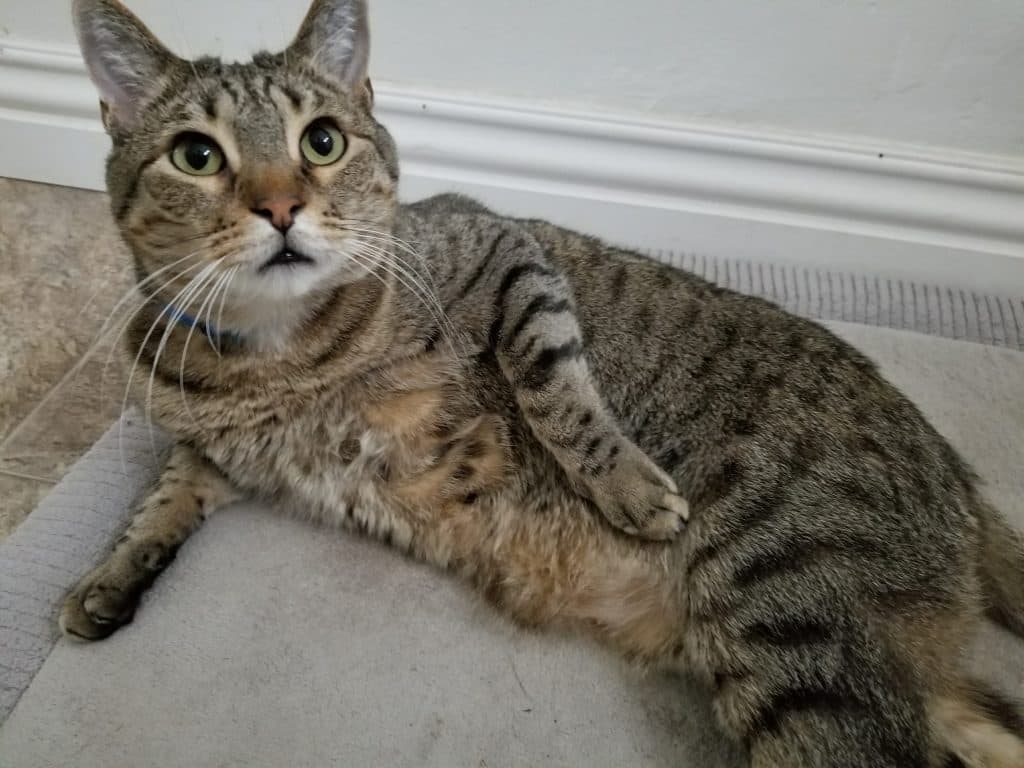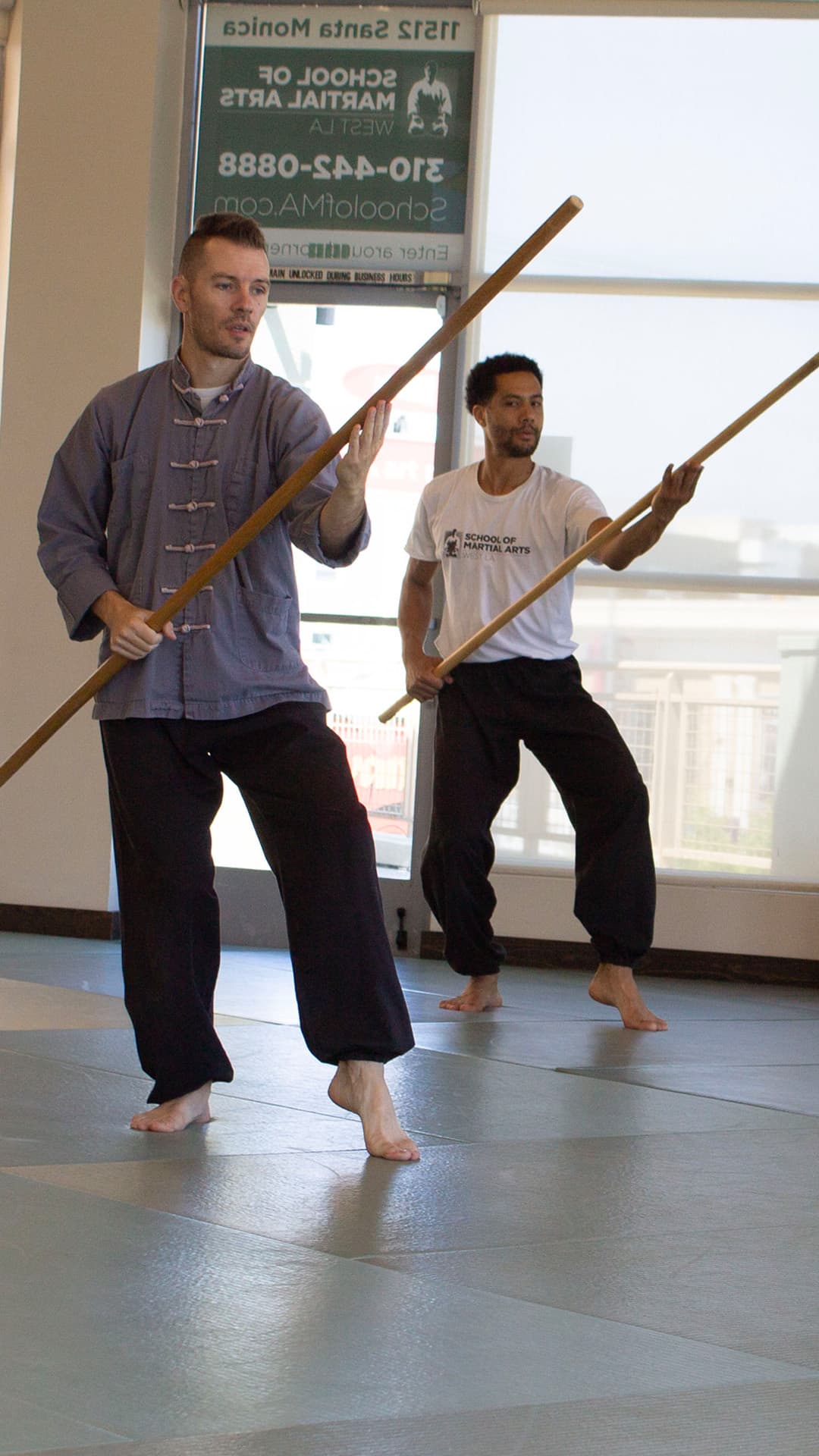Martial Arts and Meditation are like Cats

My brother is out of town this week so I’m taking care of his cat, Blue. He is a typical cat insofar as he wants attention when you’re busy, and when you want to play with him he wants nothing to do with you. This reminds me of something one of our Tai Chi students once said. “Tai Chi is like a cat. The harder you try and the more you chase it, the more it escapes you.”
Our practice can often seem as fickle and elusive as a cat’s affection. When we are trying to pull off a technique in Kung Fu or Brazilian Jiu Jitsu, we often have the experience that the harder we try (are attached to it) the more it eludes us. Yet when we relax and forget about getting any specific technique, it comes naturally.
Attachment
My brother and I used to live in the same apartment with Blue. When I got home and started to pet him, he would often slink away. Sometimes he would allow me to pet him for a few moments, lull me into a false sense of security, then bite my hand. I learned my lesson. After a while, most of our interactions consisted of him chasing me around the apartment until I could find the spray bottle and soak him into submission.
Now, I have a bit of experience and even some wisdom. Whenever I see Blue, I more or less ignore him. When I visit my brother, I sit down and wait. Eventually, Blue comes strolling over to me, past everyone else, lays in my lap and starts purring. I attribute this to the lessons I’ve learned from cats and from practicing martial arts.
Learning and Being
In Tai Chi for example, we exist in two different basic modes: learning and being. Learning is when we get the details and methodically set about fixing a posture or series of movements. Being is when we just allow the movement to flow with our breathing as a moving meditation. The same dichotomy exists in our Adult Martial Arts class. We learn the technique and consciously repeat the details until it is engrained in our muscle memory. This part, though it requires plenty of discipline, is when more people feel comfortable. In sparring or free grappling however, we don’t have time to be logical. We must set aside attachments to specific technique and even the idea of winning or losing in order to let our actions flow naturally through us. This is often far more difficult. It is a way of being that is foreign to us.
As I often say in class, if we are only able to do this in the dojo, what use is it? Of course we practice this wherever we meditate, but life is filled with opportunities to flow free of attachment and let things happen. A simple example is in conversation with another person. Instead of having your own agenda, try truly listening. Let go of attachment to the past or future and be completely present. Let the cat come to you.




Monica
Not having an agenda when having a conversation is specially challenging for parents of children or young adults
SifuScott
Most kids and young adults are super smart and know when you are pushing your own agenda and unless it aligns with their agenda are likely to simply push back. If we can teach our kids and young adults to also not be attached, the conversation becomes one of creation together.